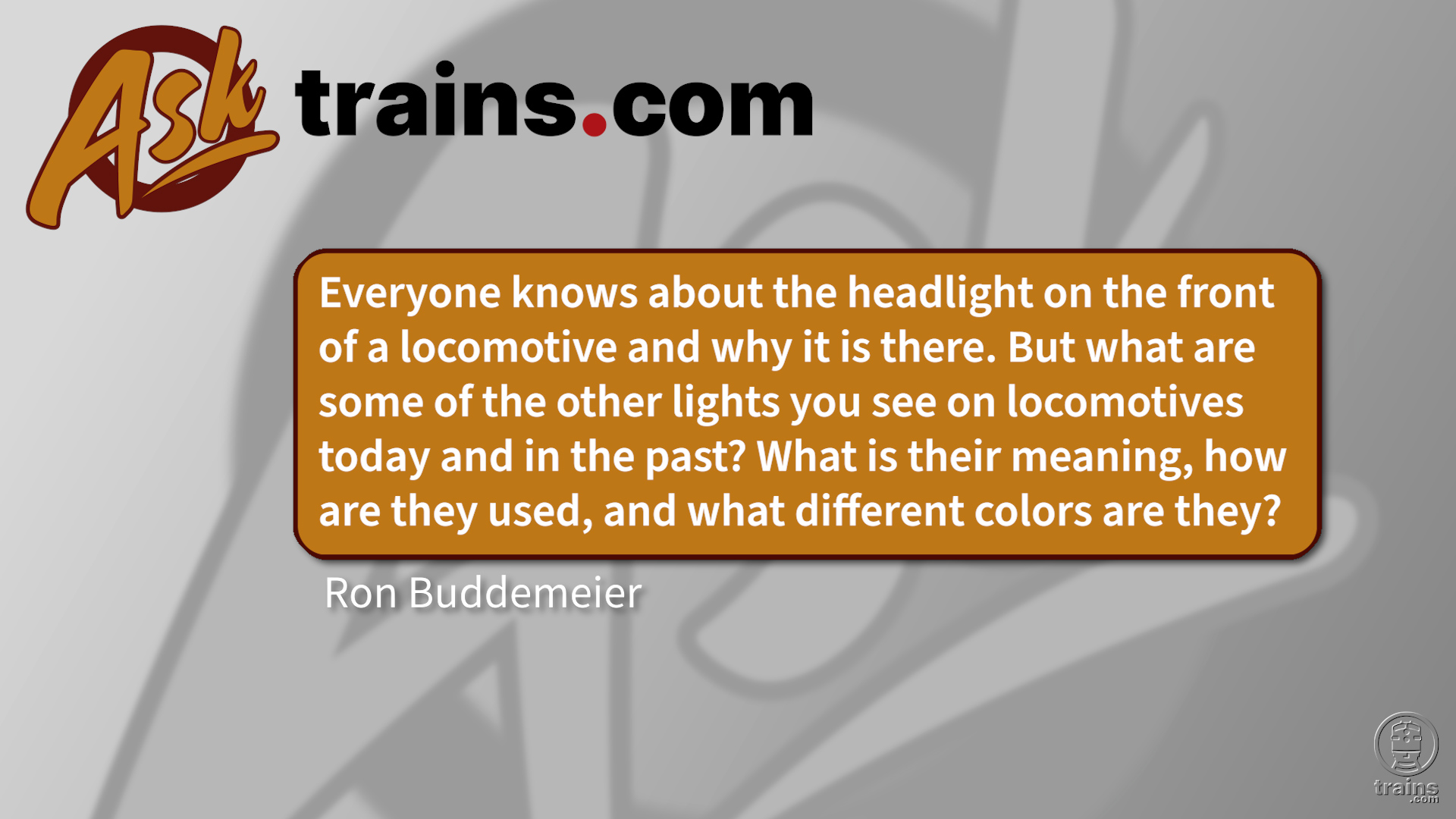— C.W. Haffey, Bakersfield, Calif.
A By definition, a Mallet (mal-LAY) is an articulated, meaning the two engine units (sets of cylinders, rods, and drive wheels) under the boiler pivot relative to each other, enabling the locomotive to negotiate curves more easily. It’s also a compound steam locomotive, meaning steam is used twice, first in high-pressure cylinders, then in low-pressure cylinders. The engine closer to the firebox, which does not pivot, works at high pressure (which can approach 200 psi or greater) and feeds the exhaust to the larger, low-pressure cylinders of the pivoting engine closer to the smokestack.
The first Southern Pacific cab-forwards were true Mallets, but in time, SP found that, although efficient, they were maintenance-intensive and slower than simple expansion locomotives. Starting in 1927, SP converted the Mallets from compound to simple expansion, meaning the railroad replaced the pair of low-pressure cylinders with a pair of high-pressure cylinders, and all four high-pressure cylinders received steam directly from the boiler.
Subsequent builds of cab-forwards all used simple expansion, and thus could not truly be called Mallets.
— Sayre C. Kos
— Derek Buel, Weeki Wachee, Fla.
A In 1994, Morrison Knudsen unveiled the first of six 5,000-hp MK5000Cs, marking the beginning of direct competition in the high-horsepower race with General Electric and Electro Motive Division. (MK Rail, traditionally a commuter equipment manufacturer and locomotive rebuilder, remained top dog in the high horsepower race until 1995, when GE announced the AC6000CW.) The six-axle units were powered by a Caterpillar 12-cylinder prime mover. As was the norm for locomotives of the 1990s, they were microprocessor controlled.
The manufacturer built three MK5000Cs in 1994 for demonstration on Southern Pacific; another three were built in 1995 and demonstrated on Union Pacific. After operating on the two railroads for a year (and BC Rail for several months in 1998), the MK5000Cs returned to Morrison Knudsen, where the locomotives sat until 2001, when Utah Railway
acquired them.
Within one year after arriving on Utah Railway property, the as-built MK5000Cs
succumbed to main bearing problems in the Caterpillar 3612 prime mover, and were
returned to MK Rail successor Wabtec to be refitted with EMD AR11 alternators and
16-cylinder diesel engines. The units also got long hoods from ex-Missouri Pacific
SD50s that UP retired in 2000 and 2001. With these conversions done in 2003, the
locomotives have been redesignated MK50-3s and are now in daily service on Utah
Railway, typically hauling coal trains over Soldier Summit.
— Sayre C. Kos
— Louis Letzerich, Houston, Texas
A Buffer cars are used for two reasons: They provide some distance between the train crew and the hazardous materials in case of a wreck, and isolate hazardous materials from a possible ignition source. Vapors can travel to an ignition source, such as an engine, and could result in a fire or an explosion.
The Gas Local carries hazardous materials, and restrictions are placed on these tank cars within the train. When the train length or consist permits, cars placarded Class 3, as jet fuel, gasoline, and diesel fuel are, may not be placed nearer than the sixth
car from the engine. If the train does not have at least five buffer cars, then all available buffer cars must be used.
The Gas Local’s consist does not permit the railroad to use a five-car buffer, so it uses a single car. There are several other movements of hazardous materials that employ use of a single buffer car.
In addition, Class 3 tank cars containing residue (also called empties) must not be next to the engine, an occupied caboose, or a business car.
— Sayre C. Kos and Forrest Van Schwartz
— J.H. Garner, Gahanna, Ohio
A CSX Standard Time is Eastern time. CSX chooses to use use the same time zone for the entire railroad regardless of which time zone the railroad runs through. CSX operates the largest railroad in the eastern U.S. with a 21,000-mile rail network linking commercial markets in 23 states, the District of Columbia, and two
Canadian provinces. Using CSX Standard time keeps all of their employees on the same page.
— Eric Hendrickson
— Harvey Radke, Racine, Wis.
A The small circular plate, in most cases, is a grade marker appearing on an intermediate block signal used to space trains. Depending on the railroad, the grade plate would use the letter “G” or “P,” standing for “grade” or “permissive.” The grade plate allows tonnage trains to pass a stop and proceed signal at restricted speed without stopping and is most often used on heavy grades, where it would be difficult to start a heavy train from a dead stop.
Today, grade plates are scarce because most railroads have given up stop and proceed in favor of restricted proceed to eliminate the stop for all trains, not just tonnage trains.
— Jon Roma and Sayre Kos












